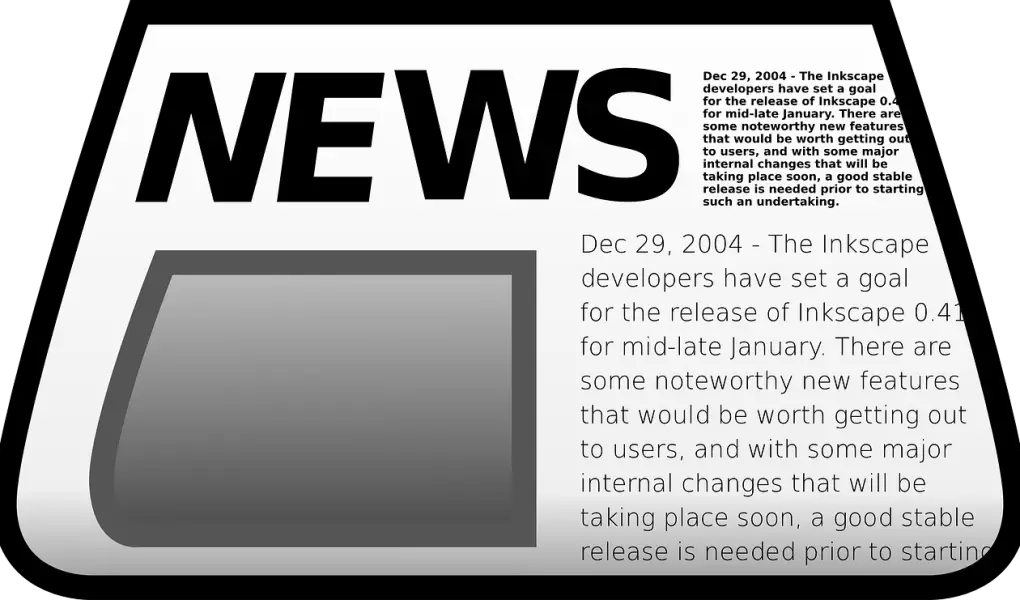Headlines are one of the most important elements of any piece of content. They’re the first thing readers see, and can make or break whether they click through to read the rest of the article.
In our digital world, it’s more important than ever to perfect the art of headline writing. With the help of ChatGPT, an artificial intelligence language model, you can create headlines that are both attention-grabbing and informative.
In this post, we’ll explore how to use ChatGPT to master the art of headline writing.
Why are Headlines Important?
Headlines are the first thing readers see when they come across your content. They are the gateway to your article, blog post, or social media post. A well-written headline can grab the attention of your audience, and encourage them to click through to read the rest of your content.
On the other hand, a poorly written headline can turn readers off and lead them to click away. That’s why it’s important to master the art of headline writing.
How to Use ChatGPT to Write Compelling Headlines.
-
Identify Your Topic and Angle.
Identifying your topic and angle is the first step in writing a compelling headline with ChatGPT. Your topic is the main subject or theme of your content, while your angle is the specific perspective or approach you’re taking.
By identifying your topic and angle, you can craft a headline that accurately reflects the content of your article or blog post and grabs the attention of your audience.
To identify your topic, consider the main point or message you want to convey in your content. What is the central idea or theme that ties everything together?
Your topic should be broad enough to encompass all of the content in your piece, but specific enough to give readers a clear idea of what your article or blog post is about.
Once you’ve identified your topic, it’s time to consider your angle. Your angle is the specific perspective or approach you’re taking on your topic. It’s what makes your content unique and sets it apart from other content on the same topic.
To identify your angle, consider what makes your content different from other content on the same topic. What perspective are you bringing to the table? What new information or insights are you providing?
For example, if you’re writing an article about the benefits of meditation, your topic might be “meditation.” But your angle might be “the life-changing benefits of a daily meditation practice.” This angle is more specific and gives readers a clear idea of what they can expect to learn from your article.
By identifying your topic and angle, you can craft a headline that accurately reflects the content of your article or blog post and grabs the attention of your audience. Your headline should be concise, specific, and highlight the benefits of your content.
With the help of ChatGPT, you can generate attention-grabbing headlines that accurately reflect the content of your article or blog post and engage your audience.
-
Create Your Prompt.
Creating a clear prompt is the second step in writing a compelling headline with ChatGPT. Your prompt is the question or statement that you use to guide ChatGPT in generating your headline. By creating a clear prompt, you can ensure that ChatGPT generates a headline that accurately reflects the content of your article or blog post and engages your audience.
To create your prompt, start by considering the main point or message of your article or blog post. What do you want readers to take away from your content? Your prompt should be a question or statement that reflects this main point or message.
For example, if you’re writing an article about the benefits of a daily meditation practice, your prompt might be “What are the life-changing benefits of a daily meditation practice?” This prompt reflects your angle and gives ChatGPT a clear idea of what your content is about.
Once you’ve created your prompt, it’s time to use ChatGPT to generate your headline. You can do this by entering your prompt into ChatGPT’s interface and selecting the appropriate options to generate your headline.
When using ChatGPT to generate your headline, it’s important to keep in mind the tips we discussed earlier. Your headline should be concise, specific, use active language, highlight the benefits of your content, and be tested before publishing.
For example, if you used the prompt “What are the life-changing benefits of a daily meditation practice?” ChatGPT might generate the following headline: “10 Surprising Benefits of a Daily Meditation Practice You Need to Know.” This headline is specific, uses active language, and highlights the benefits of your content, making it more likely to engage your audience.
By creating a clear prompt and using ChatGPT to generate your headline, you can ensure that your headline accurately reflects the content of your article or blog post and engages your audience.
Remember to refine and edit your headline before publishing and test it to see how it performs with your audience.
Generate Your Headline.
Generating your headline is the third step in writing a compelling headline with ChatGPT. Once you’ve identified your topic and angle and created a clear prompt, it’s time to use ChatGPT to generate your headline.
To generate your headline, enter your prompt into ChatGPT’s interface and select the appropriate options to generate your headline. ChatGPT will use its natural language processing capabilities to analyze your prompt and generate a headline that accurately reflects the content of your article or blog post.
When generating your headline, it’s important to keep in mind the tips we discussed earlier. Your headline should be concise, specific, use active language, highlight the benefits of your content, and be tested before publishing.
For example, if your prompt is “What are the life-changing benefits of a daily meditation practice?” ChatGPT might generate the following headline: “10 Surprising Benefits of a Daily Meditation Practice You Need to Know.” This headline is specific, uses active language, and highlights the benefits of your content, making it more likely to engage your audience.
If the headline generated by ChatGPT isn’t quite what you’re looking for, don’t worry. You can refine and edit your headline before publishing to ensure that it accurately reflects the content of your article or blog post and engages your audience.
Remember that your headline is the first thing readers will see, so it’s important to make it attention-grabbing and engaging. By using ChatGPT to generate your headline and keeping the tips we discussed in mind, you can create headlines that accurately reflect your content and engage your audience.
-
Refine and Edit Your Headline.
The fourth and final step in writing a compelling headline with ChatGPT is to refine and edit your headline.
Even though ChatGPT is a powerful tool for creating great headlines, it’s still important to review and refine the headline it generates to ensure that it accurately reflects the content of your article or blog post and engages your audience.
Here are some tips for refining and editing your headline:
Make it concise: Aim for a headline that is no more than 10-15 words. Shorter headlines are easier to read and more likely to grab readers’ attention.
Make it specific: Your headline should accurately reflect the content of your article or blog post. Make sure it accurately summarizes the main point or message of your content.
Use active language: Active language is more engaging than passive language. Use verbs and action words to make your headline more dynamic.
Highlight the benefits: As we discussed earlier, highlighting the benefits of your content is a powerful way to engage your audience. Make sure your headline communicates the benefits of reading your article or blog post.
Test it: Before publishing your headline, test it with your target audience. Use A/B testing or social media analytics to see which headlines perform best with your audience.
-
Test Your Headline.
Before publishing your content, it’s a good idea to test your headline to see how it performs. One way to do this is to use a headline analyzer tool like CoSchedule’s Headline Analyzer. This tool analyzes your headline and gives feedback on its effectiveness, including its emotional appeal, word balance, and headline length.
You can use this feedback to make any final tweaks to your headline before publishing your content.
Tips for Writing Compelling Headlines with ChatGPT.
- Keep it short and sweet: Headlines should be short and to the point. Aim for around 6-10 words to grab readers’ attention without overwhelming them.
- Use active language: Active language is more engaging than passive language. Use action words and verbs to make your headlines more compelling.
- Highlight the benefits: Readers want to know what they will gain from reading your content. Highlight the benefits in your headline to give readers a reason to click through.
- Use numbers: Numbers are eye-catching and can help to make your headlines more concrete. Consider using a number in your headline to make it more compelling.
- Be specific: Specificity makes your headlines more tangible and believable. Use specific details to give readers a clear idea of what your content is about.
Conclusion.
Writing compelling headlines is an essential skill for anyone creating content online. With ChatGPT, you can create attention-grabbing headlines that accurately reflect the content of your article or blog post.
Remember to make your topic and angle clear, create a clear prompt, generate your headline, refine and edit your content, and test your headline before publishing.
By following these tips and using ChatGPT, you can perfect the art of headline writing and create content that engages and informs your audience.




